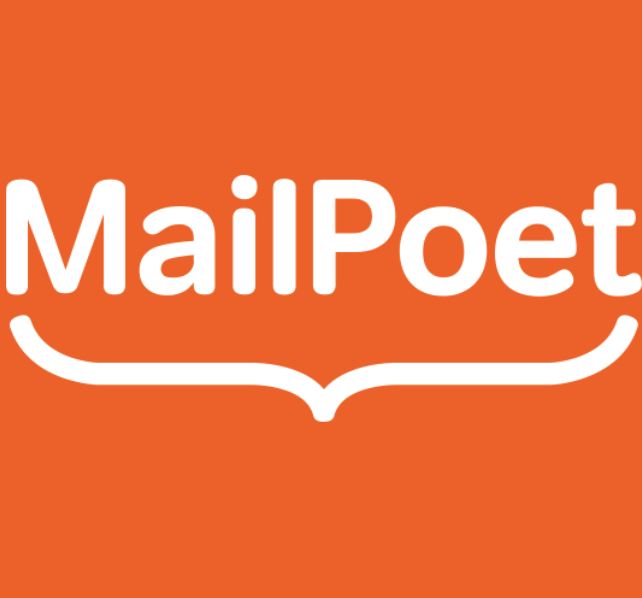Aweber vs Campaign Monitor
Hyperise integrates with 100's of sales and marketing tools, many of which are in the Email Marketing category. With so many to choose from it's sometimes hard to know which is best, but don't worry, we've got your covered.
In this comparison guide we're going to look at the Highlights, Pros, Cons and Pricing of Aweber and Campaign Monitor. We'll also delve into the details of which offers the best personalization options within Email Marketing, with there respective Hyperise integrations
Aweber
Pricing: Aweber’s pricing starts at $19/month for up to 500 subscribers and 1,000 emails per month. They offer a variety of plans, including paid-as-you-go, which is $29/month for up to 500 subscribers, and the Plus and Pro plans, which start at $69/month and $149/month, respectively. All plans come with unlimited emails, unlimited list growth, and many features included in the subscription price.
Vs

Campaign Monitor
Pricing: Campaign Monitor offers a variety of plans to suit customers' needs. Pricing depends on the number of contacts, but ranges from $9/month for up to 500 contacts to $179/month for up to 100,000 contacts. Higher volume plans are also available for larger contact lists. All plans include unlimited emails, unlimited automation, and full access to our extensive feature set.
Aweber vs Campaign Monitor Highlights
Aweber and Campaign Monitor are both email marketing solutions that help businesses connect with their customers using automated emails. The main difference between the two lies in their key features and pricing.
Aweber supports an unlimited number of subscribers and offers an extensive range of marketing tools such as forms, newsletters, and autoresponders. Its pricing plans are based on a monthly per subscriber fee, with discounts for larger customer lists.
Campaign Monitor offers a simpler solution with fewer features and a limited range of integrations. However, their monthly pricing plan is more affordable than Awebers and it only charges a flat fee no matter how many subscribers you have. They also offer discounts for large customer lists.
Overall, Aweber and Campaign Monitor offer similar basic email marketing solutions, but they differ with regards to pricing and the range of features they offer. Depending on the size and specific needs of your company, one of these services might be more suitable for you than the other.
Aweber vs Campaign Monitor Pros
Aweber Pros
- Aweber
- Easy to use drag and drop template editor
- Robust segmentation capabilities
- Advanced automation tools
- Comprehensive list management tools
- Time-saving content management features
- Geolocation targeting capabilities
- Access to detailed reports and analytics
- Comprehensive customer support resources
- Integrations with many popular web services
- A/B testing capabilities
Campaign Monitor Pros
- Easy to set up and learn: Campaign Monitor has a user-friendly drag-and-drop email design and customization toolset, which makes it easier to create and manage a successful email campaign.
- Better deliverability and reliability: Campaign Monitor is optimized for deliverability, and its servers are constantly monitored for any sign of issues.
- Variety of reporting tools: Campaign Monitor users have access to custom reporting tools such as open and click-through rate, subscriber behavior, engagement rates, and A/B testing results.
- Ability to upload large contact lists: Campaign Monitor stores complete contact and subscriber lists on the cloud, and it allows users to upload an unlimited amount of contacts.
- Automation options: Campaign Monitor makes it easy to create automated emails, such as triggered emails based on subscriber activity and other criteria.
- Industry targeting: Campaign Monitor offers users the ability to target specific industries or regions with their email campaigns.
- Segmentation options: Campaign Monitor users have access to segmentation tools that allow them to target highly specific audiences with their messages.
- Pricing plans for any budget: Campaign Monitor offers several pricing plans and packages to accommodate any budget.
Aweber vs Campaign Monitor Cons
Aweber Cons
- Cost: Aweber is more expensive than Campaign Monitor
- Design: Aweber's campaign creator is limited as compared to Campaign Monitor
- Automation: Campaign Monitor provides more robust automation options
- Ease of Use: Some users find Campaign Monitor's interface easier to use than Aweber
- Inbox Performance: Campaign Monitor offers better inbox performance than Aweber
- Reporting and Insights: Campaign Monitor provides more in-depth reporting and insights than Aweber
- Integration: Campaign Monitor offers more integration options than Aweber
- Support: Some users find Campaign Monitor's support quicker and more helpful than Aweber's
Campaign Monitor Cons
- More expensive than Aweber
- Less attractive and user-friendly designs and templates
- No full email editor
- Limited automation and segmentation options
- Subpar mobile app
- Limited customer service options
- Reports are not as comprehensive as some of the leading competitors
Aweber & Campaign Monitor Hyperise Integrations
Aweber uses the HTML code embed method to integrate with Hyperise, giving a simple way to add personalized images to your messages.
Aweber makes the following data points available to Hyperise, to enable personalization in images used in outreach and linked out to your personalized website landing pages.
- Using business Email passed from Aweber, Hyperise is able to enrich business logo and website screenshots. In some cases, with a business Email we're also able to enrich profile images, subject to the business email having a publicly available profile.
Aweber Integration Guide
Campaign Monitor uses the HTML code embed method to integrate with Hyperise, giving a simple way to add personalized images to your messages.
Campaign Monitor makes the following data points available to Hyperise, to enable personalization in images used in outreach and linked out to your personalized website landing pages.

- Using business Email passed from Campaign Monitor, Hyperise is able to enrich business logo and website screenshots. In some cases, with a business Email we're also able to enrich profile images, subject to the business email having a publicly available profile.
Campaign Monitor Integration Guide




 vs
vs  vs
vs  vs
vs 


 vs
vs 


 vs
vs  vs
vs  vs
vs  vs
vs  vs
vs  vs
vs  vs
vs  vs
vs 



















